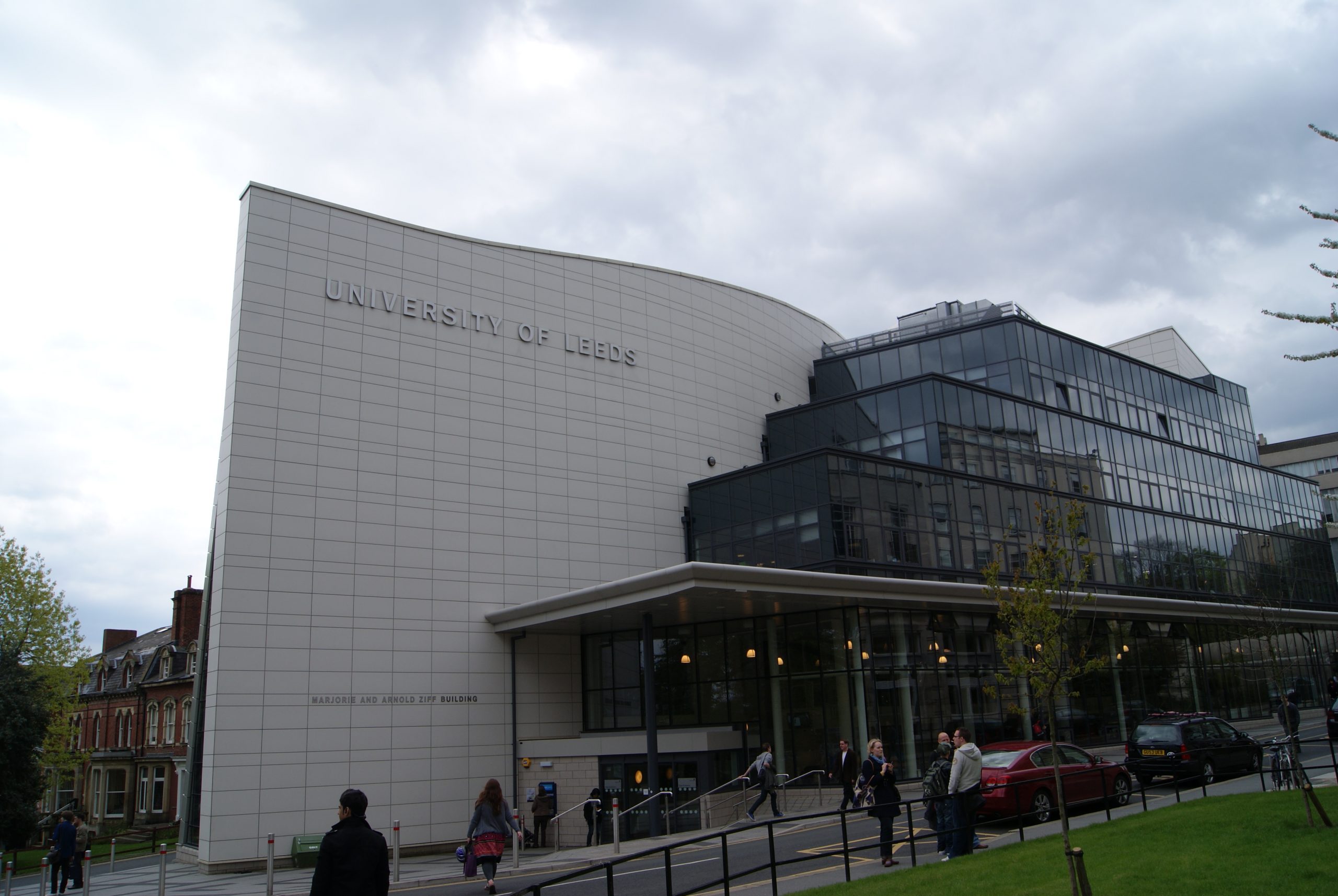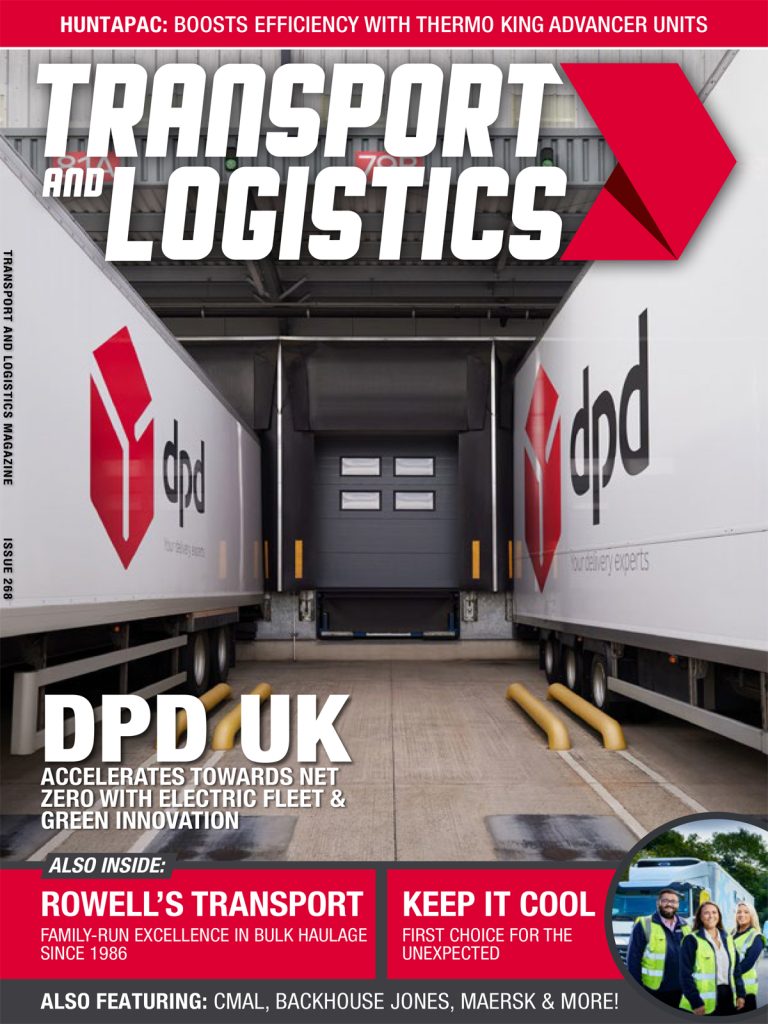| Some key urban transport policy measures can lead to positive effects on people’s health, while others have few benefits, a new study has found.
A team of researchers, led by Haneen Khreis from the University of Leeds and the Barcelona Institute for Global Health (ISGlobal), have assessed the human health impacts of 64 common transport policy measures. Ms Khreis, a PhD candidate from the Institute for Transport Studies said: “City planners have access to an increasingly wide range of transport policy options to connect their urban areas. But urban and transport planning that does not consider human health can have an enormous impact on public wellbeing. “Not only does traffic-related air pollution cause 184,000 deaths globally per year it has been linked to asthma, cognitive decline, obesity and diabetes. The loss of green spaces to urban development has also been shown to negatively affect physical and mental health. Scientists and transports planners need to need to work across sectors to ensure public health is sufficiently considered when selecting policy measures.” The study, published in the Journal of Transport and Health, systematically examined the health impacts of 64 transport policy measures through nine key pathways: car crashes, air pollution, physical inactivity, noise, heat islands, greenhouse gases, social exclusion, community severance and exposures to green spaces. The study found that a number of policies had the potential for positive health impacts while some impacts were crucially dependent on the measures’ design. For example, the policy measure of parking standards would be contingent on whether the aim was to reduce or expand parking allocation. While increased parking facilities could be seen as useful and convenient additions to a city, the study highlighted the potential impacts of car parks as reduced green spaces and increased car use. This could lead to increased air pollution, traffic noise and heat islands as well as discouraging walking or cycling all of which have well-established negative health impacts. The study indicates measures that avoid urban sprawl, increase car use pricing and provisions for active and public transport are among the most beneficial to health. These measures have the potential to reduce air pollution, noise, greenhouse gases, social exclusion, community mobility, car crashes, increase or protect available green space and encourage walking and cycling. The health impacts found in this study will be added to the transport policy platform KonSULT along with further research into policy measure implementation and its effect on human health. This will help policy makers, the public and other interest groups to generate policy measures that enhance public health in their city. Ms Khreis said: “We want the research knowledge accumulated in academic circles to be readily available to professionals and the public to make a positive impact.” Mark Nieuwenhuijsen, co-author and director of ISGlobal’s Initiative of Urban Planning, Environment and Health said: “Urban and transport planning has a large impact on public health, and the current car domination in cities leads to a considerable burden of disease that is preventable with the adaptation of health-conducive policy measures.”
|














